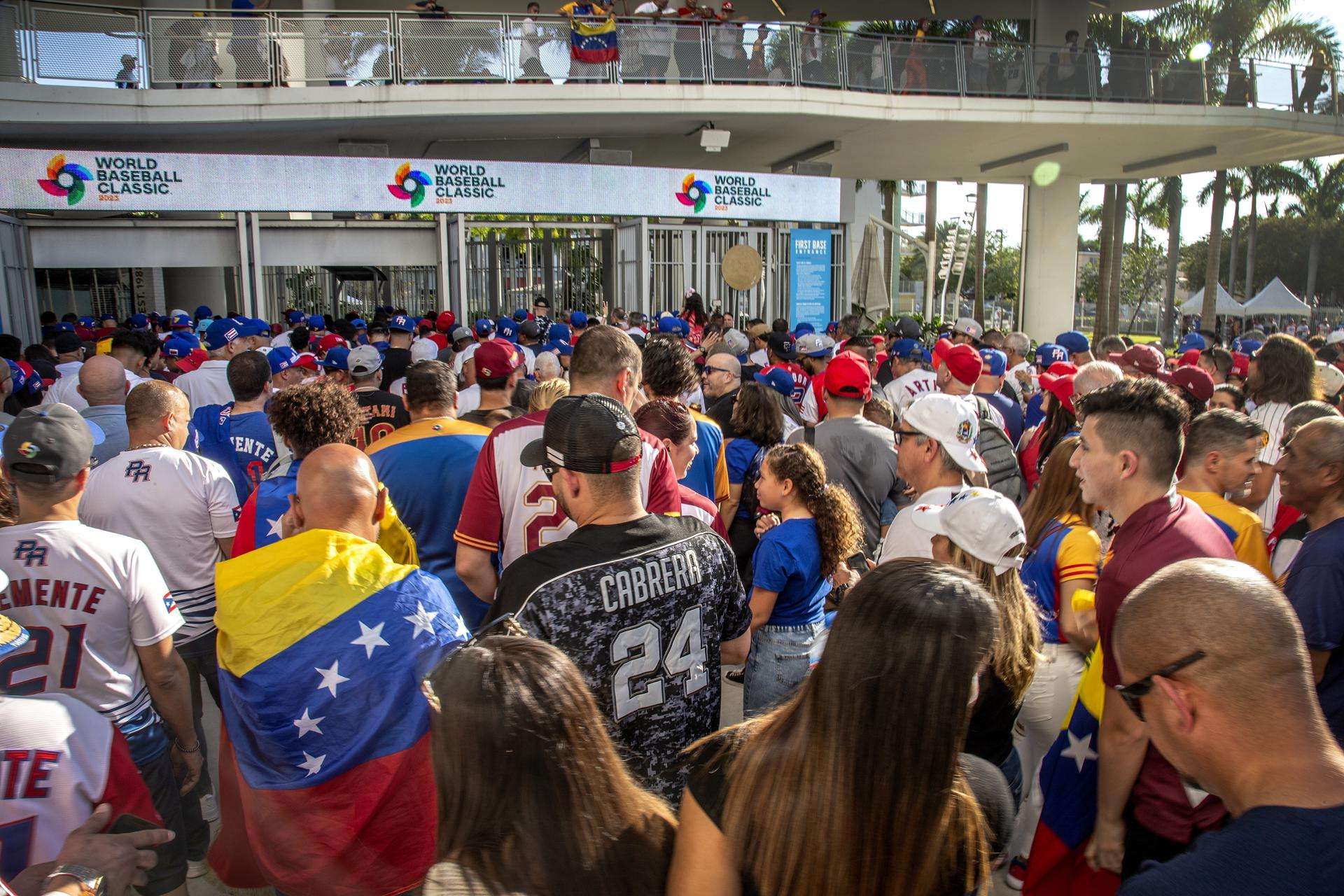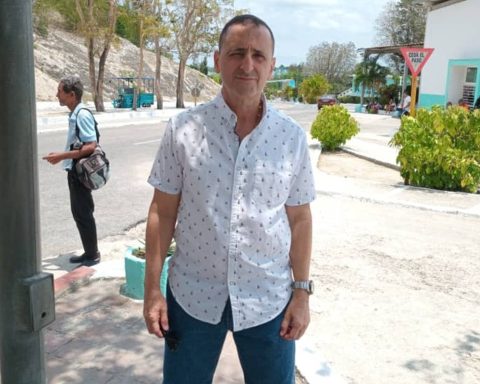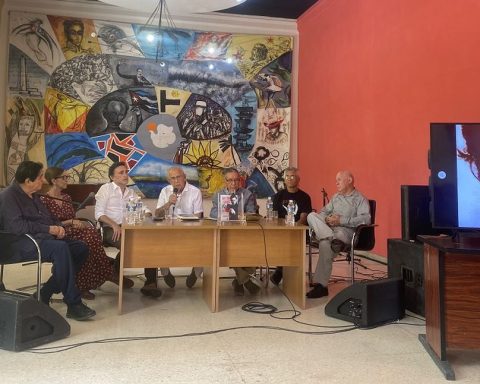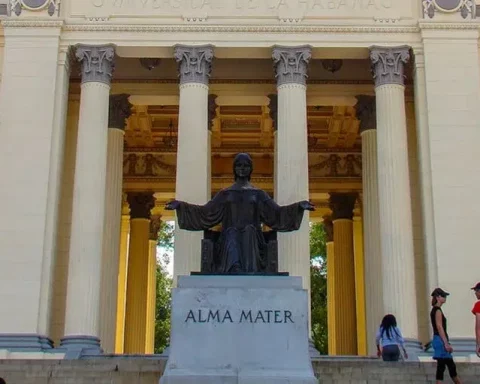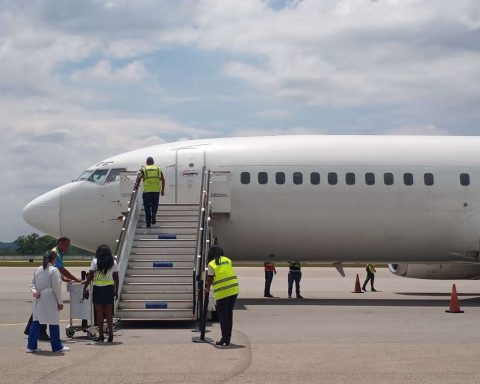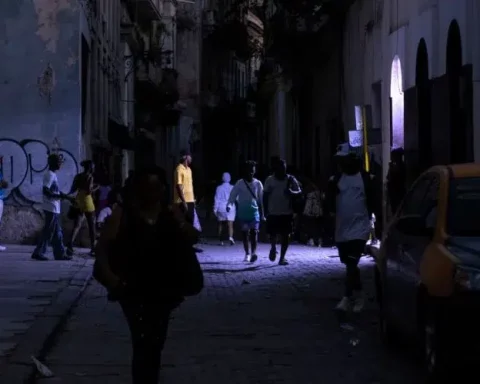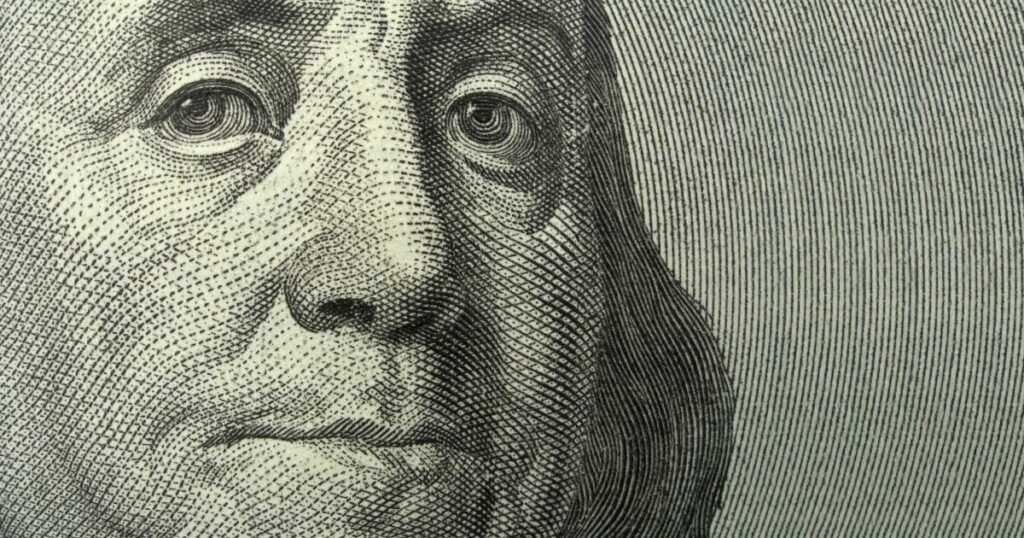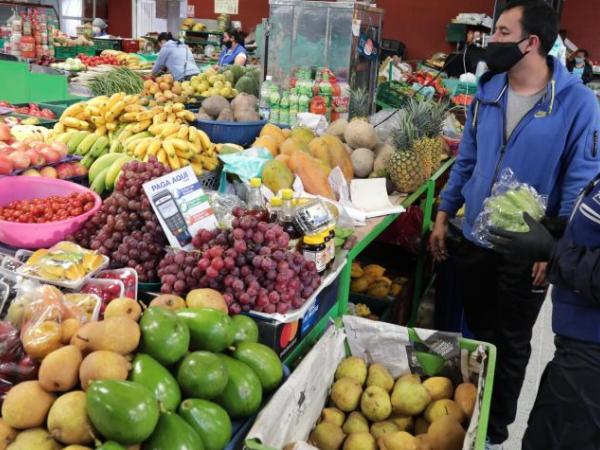Not a single ticket remains available for the last four games of the World Baseball Classic. On the afternoon of this Saturday, the poster of sold out (Sold out) was hung at the ticket offices of LoanDepot Park in Miami, home of the decisive round of the main show of the sport of balls and strikes at the selection level.
After six years of waiting, the tournament has returned in style and has shattered box office, audience and merchandisingeither through e-commerce or in-store sales at the stadiums in Tokyo, Taichung, Arizona and Miami, the host arenas for the four groups of the first round.
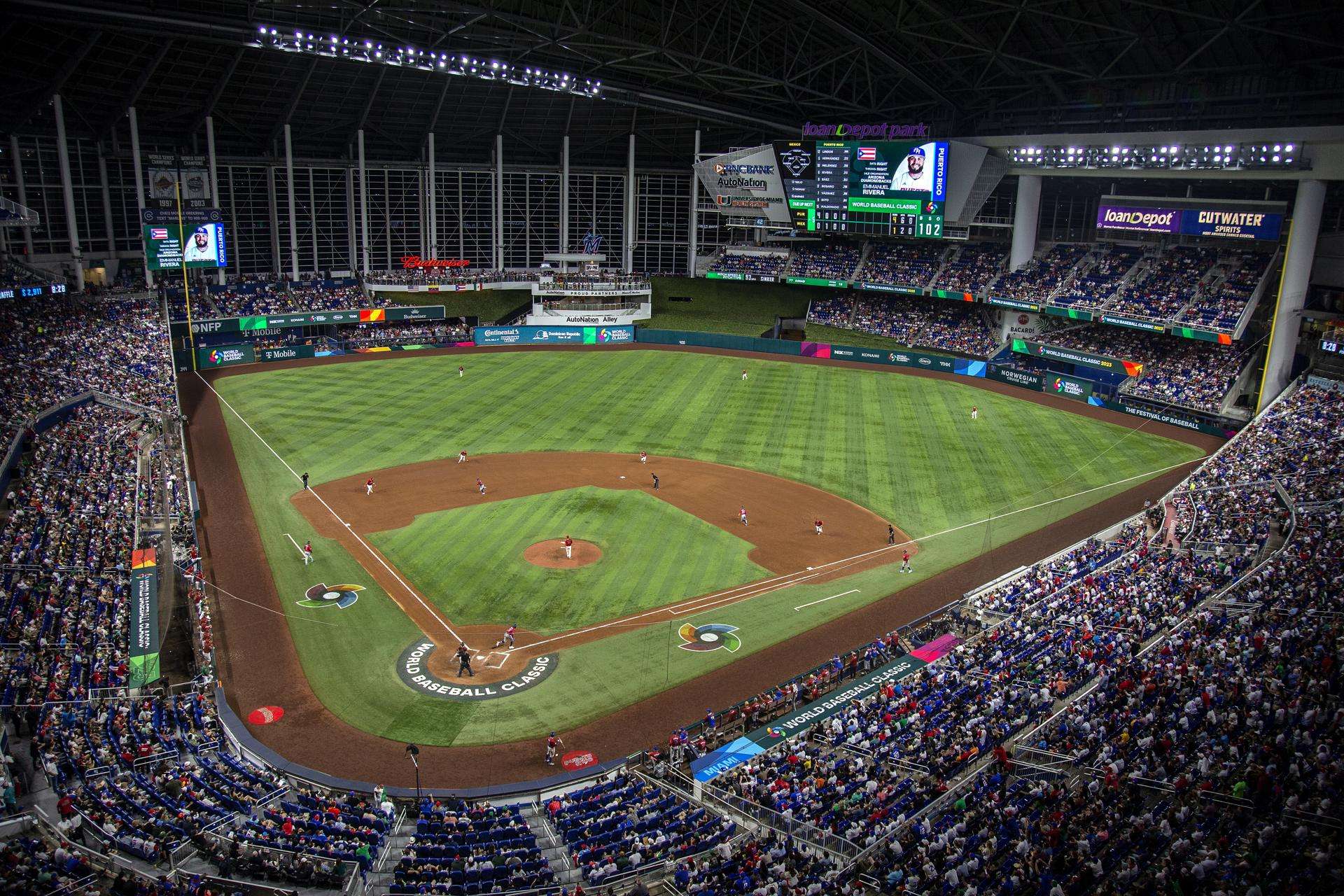
In these four scenarios the expectation has been maximum, and very clear proof of this are the attendance records, which have far exceeded the numbers of previous editions. In the Japanese capital, for example, a grand total of 361,974 spectators came to the Tokyo Dome to watch the ten games of bracket B, with an average of 36,197 per challenge.
To get an idea, this total number of ten games in the Japanese city is greater than that registered in the 24 duels of the first round of the Clásicos in 2006 (326,629) and 2013 (359,243), a detail that speaks very clearly. how much attention has grown for national teams when they are armed with several of their best players.
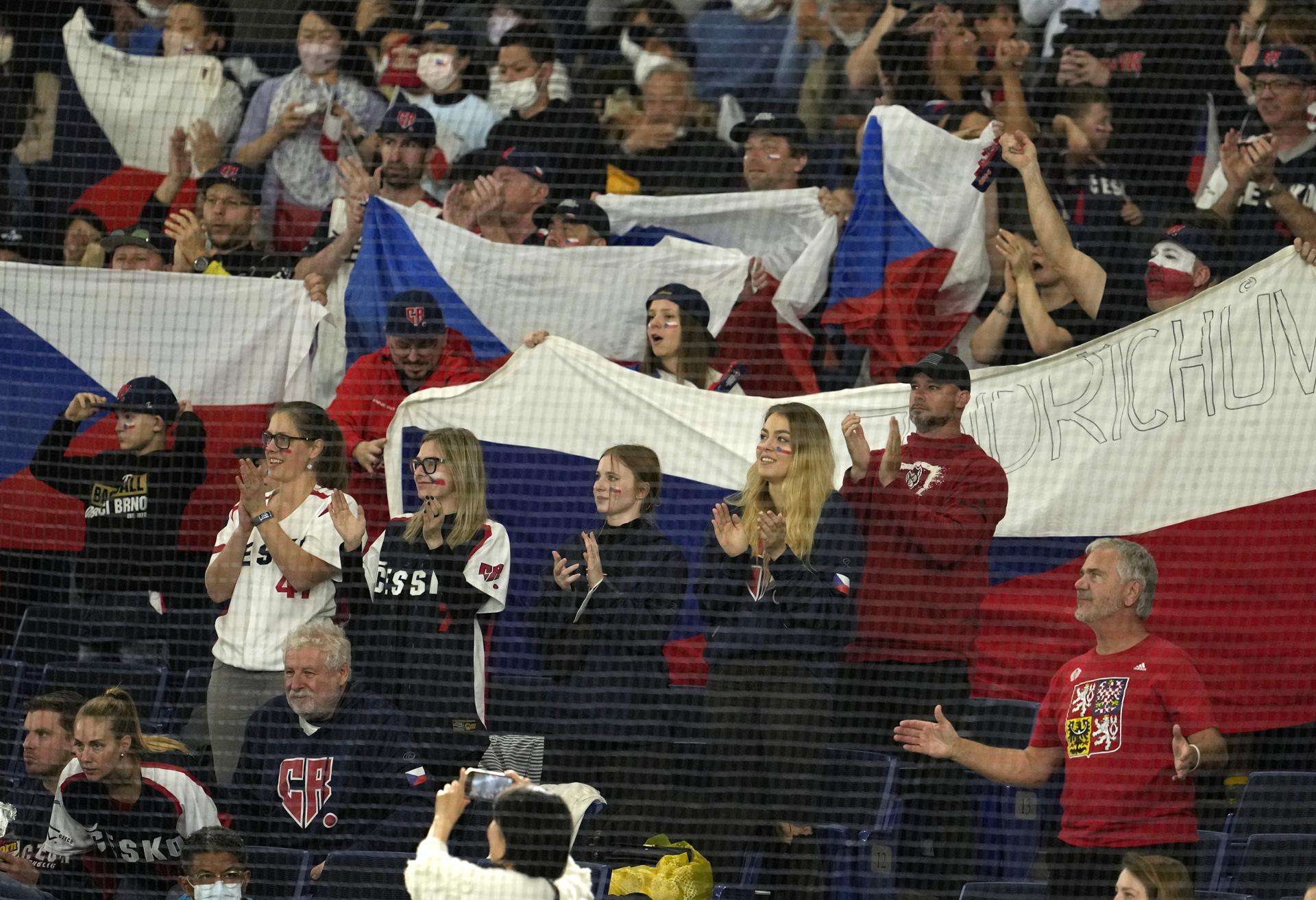
According to organizers, Tokyo broke its own fan record for a single first-round venue. In 2017, they hosted 206,504 fans in six games, for an average of 34,442 per game. Those figures have been forgotten after what happened in 2023.
But the phenomenon was not exclusive to the majestic Japanese venue, the only one that has hosted matches in each of the Classics. In Miami, 295,850 spectators entered LoanDepot Park during the first phase, a new attendance record for US arenas.
The contest of three baseball powers such as Venezuela, Puerto Rico and the Dominican Republic and the marked presence of Latino communities in South Florida contributed to establishing this record. As if that weren’t enough, the average number of 29,585 fans per game in Miami was an 8% increase from the 27,313 who attended the 2017 first round.
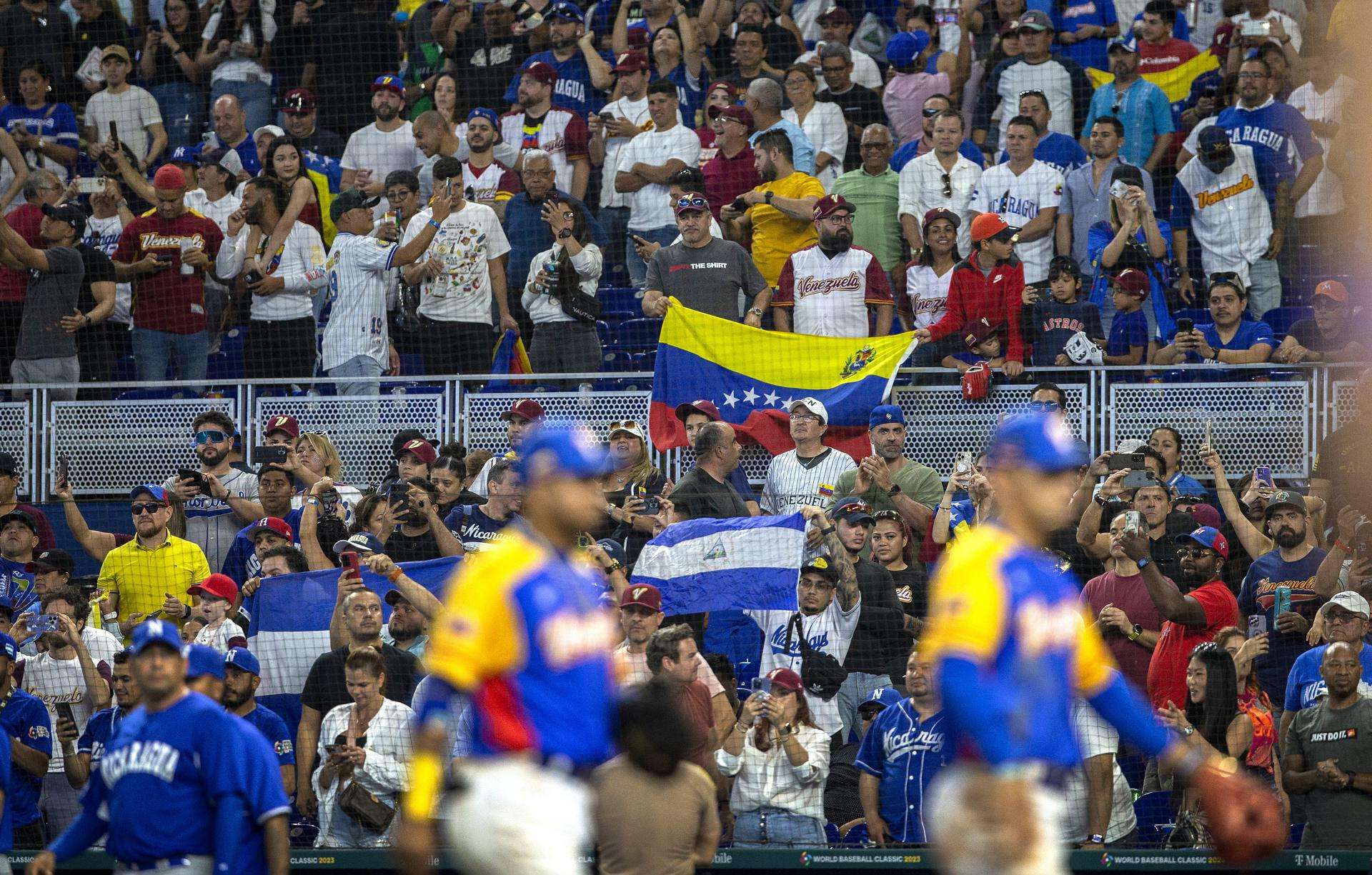
Thermometers also broke at Chase Field in Arizona during the match between Mexico and the United States on March 12. On that day, 47,534 people poured into the Diamondbacks’ desert arena, setting a new record for any group stage matchup in tournament history.
Most notably, these attendance spikes are not directly linked to the presence of host teams. For example, on March 11, a total of 71,289 fans arrived at loanDepot to watch the Nicaragua-Puerto Rico and the Dominican Republic-Venezuela matches. That same day, 68,147 people attended the Colombia-Mexico and Great Britain-United States games at Chase Field.
If we go back to the history of the Clásico, there had never been such a large flow of people during the first round, either by total count or by the average attendance at each game.
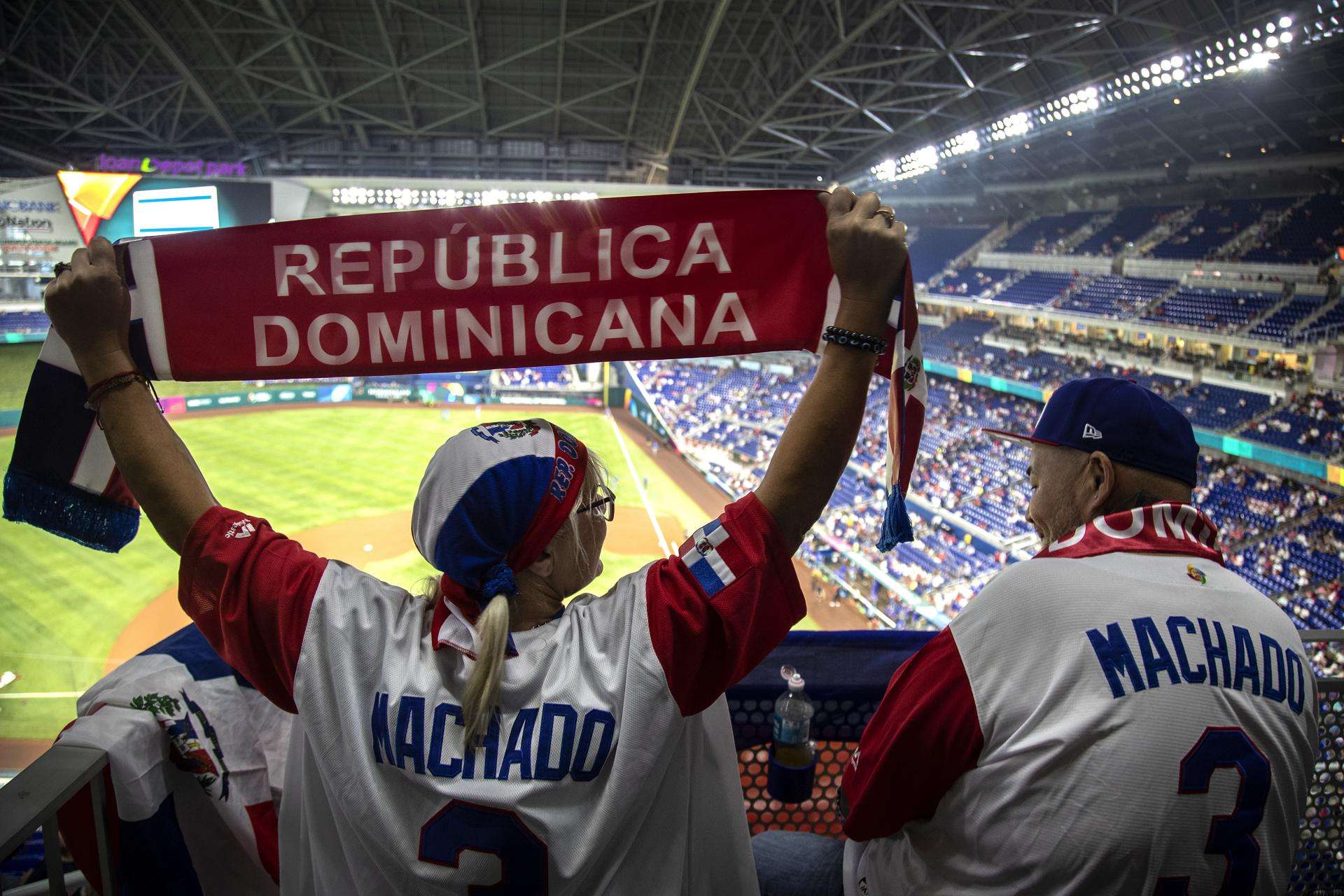
* 2006
Total group stage attendance in Tokyo (Japan), Phoenix and Scottsdale (Arizona), Lake Buena Vista (Florida) and San Juan (Puerto Rico): 326,629 fans in 24 games (average 13,609 per game).
* 2009
Total group stage attendance in Tokyo (Japan), Toronto (Canada), Foro Sol (Mexico) and San Juan (Puerto Rico): 453,374 fans in 24 matches (average 18,890 per game).
* 2013
Total attendance in the group stage in Fukuoka (Japan), Taichung (Chinese Taipei), Phoenix (Arizona) and San Juan (Puerto Rico): 359,243 fans in 24 games (average 14,968 per game).
* 2017
Total group stage attendance in Tokyo (Japan), Seoul (South Korea), Miami (Florida) and Jalisco (Mexico): 508,830 fans in 25 games (average 21,201 per game).
* 2023
Total group stage attendance in Tokyo (Japan), Taichung (Chinese Taipei), Phoenix (Arizona) and Miami (Florida): 1,010,999 fans over 40 games (average 25,275 per game).
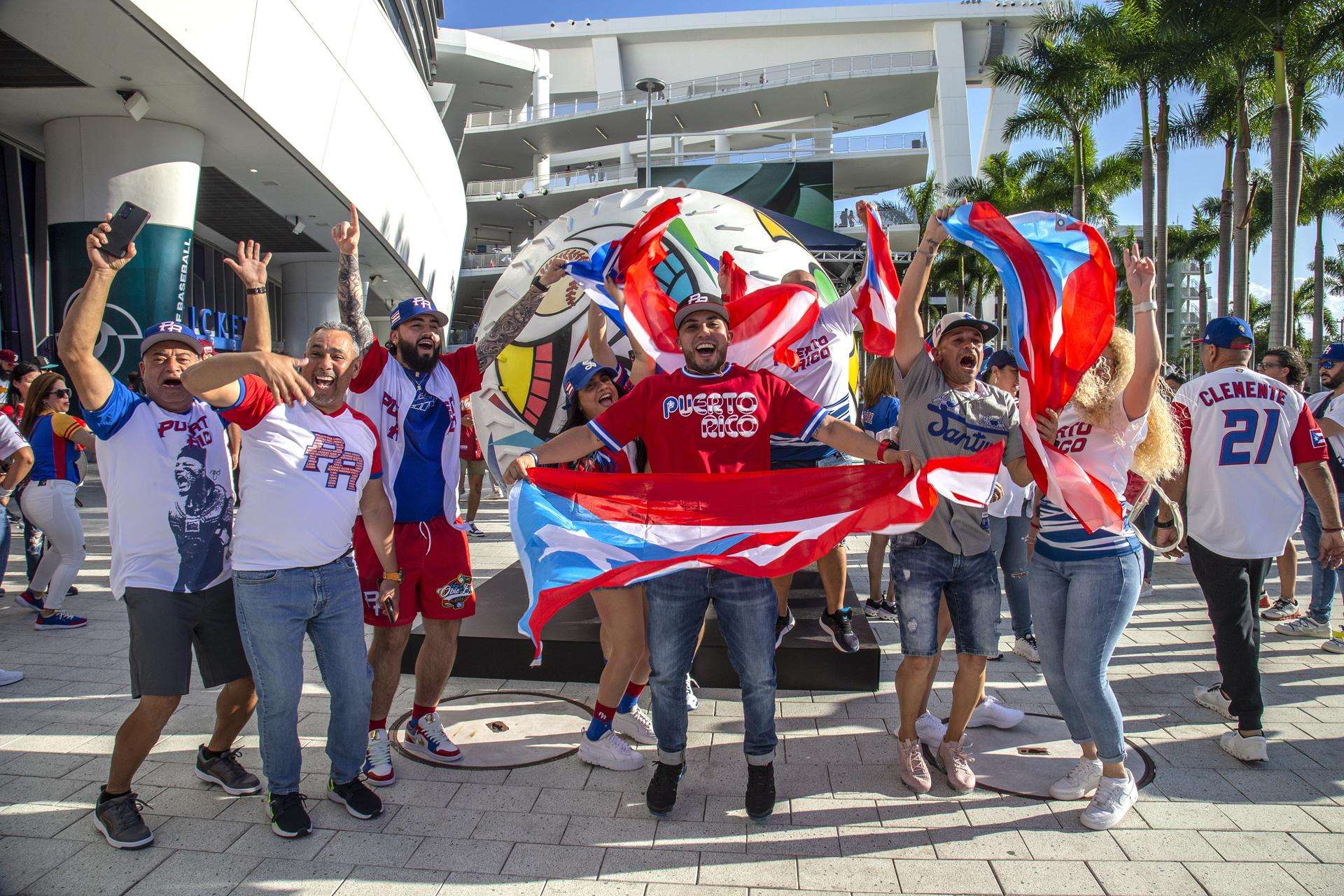
In terms of audience, the numbers also skyrocketed, as reflected in the following data provided by the organizers:
♦ The match between Japan and South Korea had an audience of 63 million viewers, which means that 44.4% of Japanese households were watching the game. That television rating surpassed that of all the competitions of the Olympic Games last year.
♦ Also in the land of the Rising Sun, 48% of households were watching the quarterfinal match between the Samurai and Italy. It is the largest recorded audience in the history of the Japanese national team.
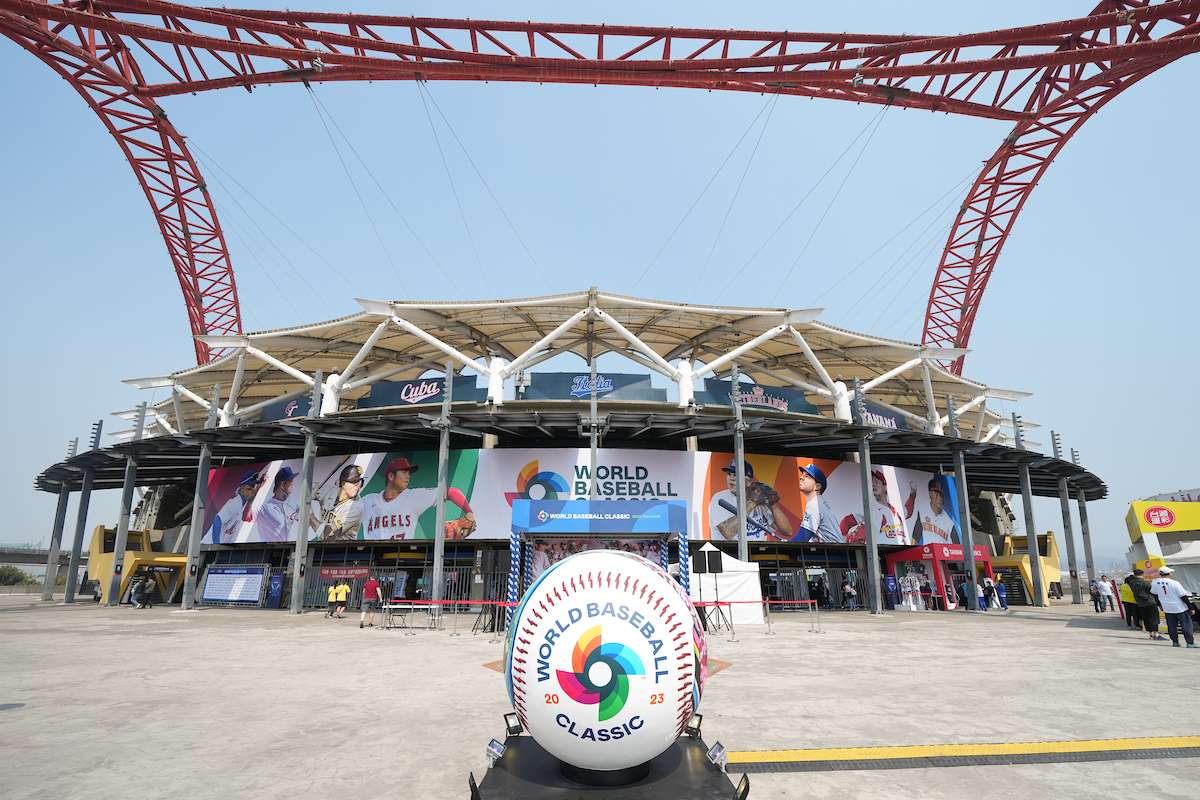
♦ In Chinese Taipei, a total of 1.301 million viewers followed their team’s four matches in Group A on EBC News, an increase of 151% over the audience for the 2017 Clasico first round matches The television ratings of the Classic in Taipei surpassed that of all sports programs that have been broadcast in the country since September 2021.
♦ South Korea failed to advance to the second round of the Clasico, but its four matches averaged 1.781 million viewers on SBS/KBS/MBC, an increase of 35% compared to the first round in 2017. The All-Koreans Clash and Japan had around 2.709 million viewers, and qualifies as the most watched World Baseball Classic duel in that Asian country since the 2009 final, also against the Japanese.
♦ In Puerto Rico, 61% of households watched the game between the Dominican Republic and the Puerto Rican squad that defined the qualification for the second round. According to WAPA Deportes, 24% of the viewers who followed the duel on television were under 25 years of age and 55% were women.
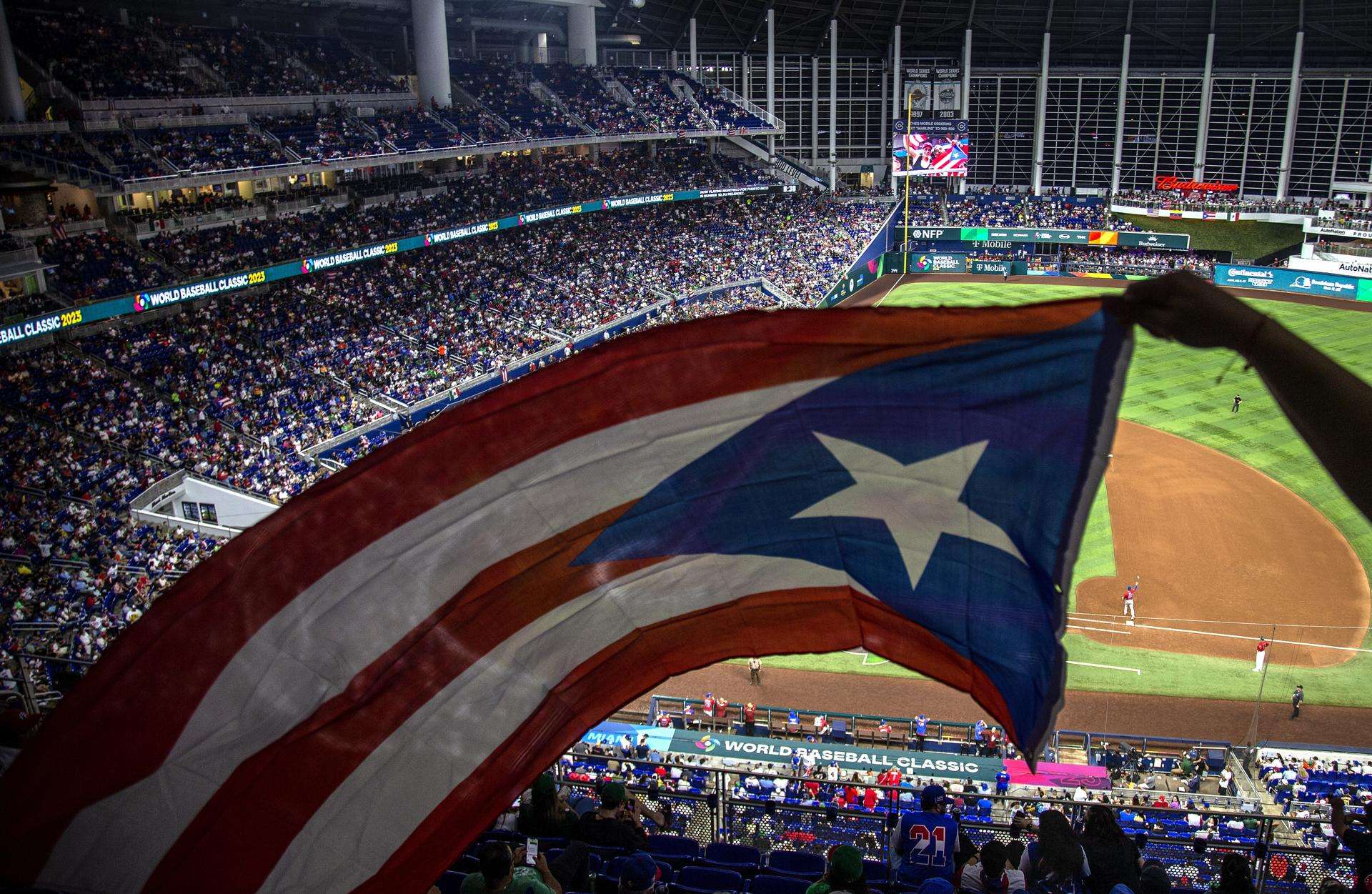
* The match between the United States and Great Britain had an audience of 1.592 million people, making it the most-watched first-round match in the northern country since the 2009 Clásico.
* In the Dominican Republic, the audience of the games of the BananaPower it grew 37% compared to 2017, while the first two clashes in Mexico exceeded the ratings of the past Classic by 10%.
The best thing is that this resounding success in terms of attendance and audience is also transferred to the virtual field. According to the organizers, during the first round of the Classic the level of interaction in the World Baseball Classic social media accounts grew by 564% compared to the group stage of the last edition in 2017.
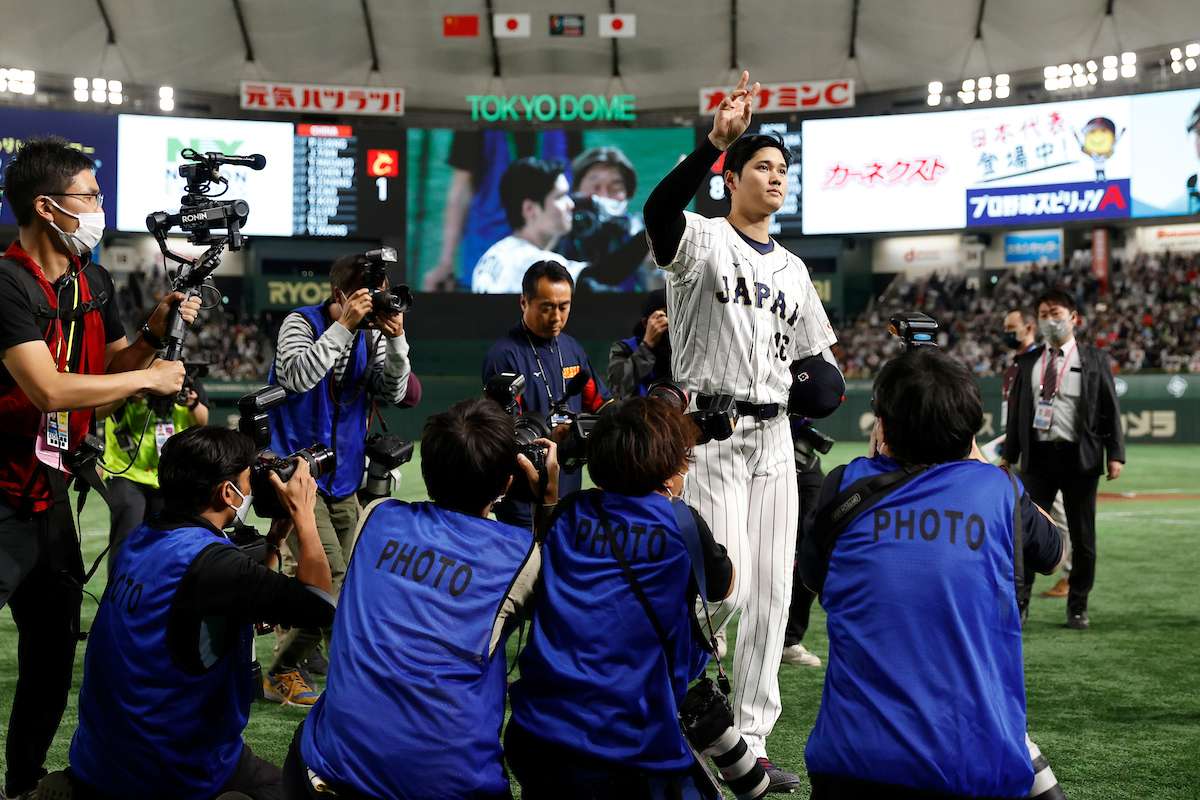
In this particular, since March 1, the Japanese phenomenon Shohei Ohtani had an increase of 1.36 million followers on Instagram, where he is already the first major league player with more than 3 million followers.
It is worth noting that this growing interest in the tournament occurs in not so favorable circumstances, since multiple MLB franchises and the Japanese League have blocked the participation of figures with a determining weight in media attention. Despite this, the consumption of the show has increased to unsuspected levels.
All of this should be a clear warning to the heads of the world’s major baseball organizations, who can take note and try to capitalize on the fan excitement with the Classic in order to increase the popularity of a sport that has not yet reached a full globalization.
Follow the coverage here OnCuba:
